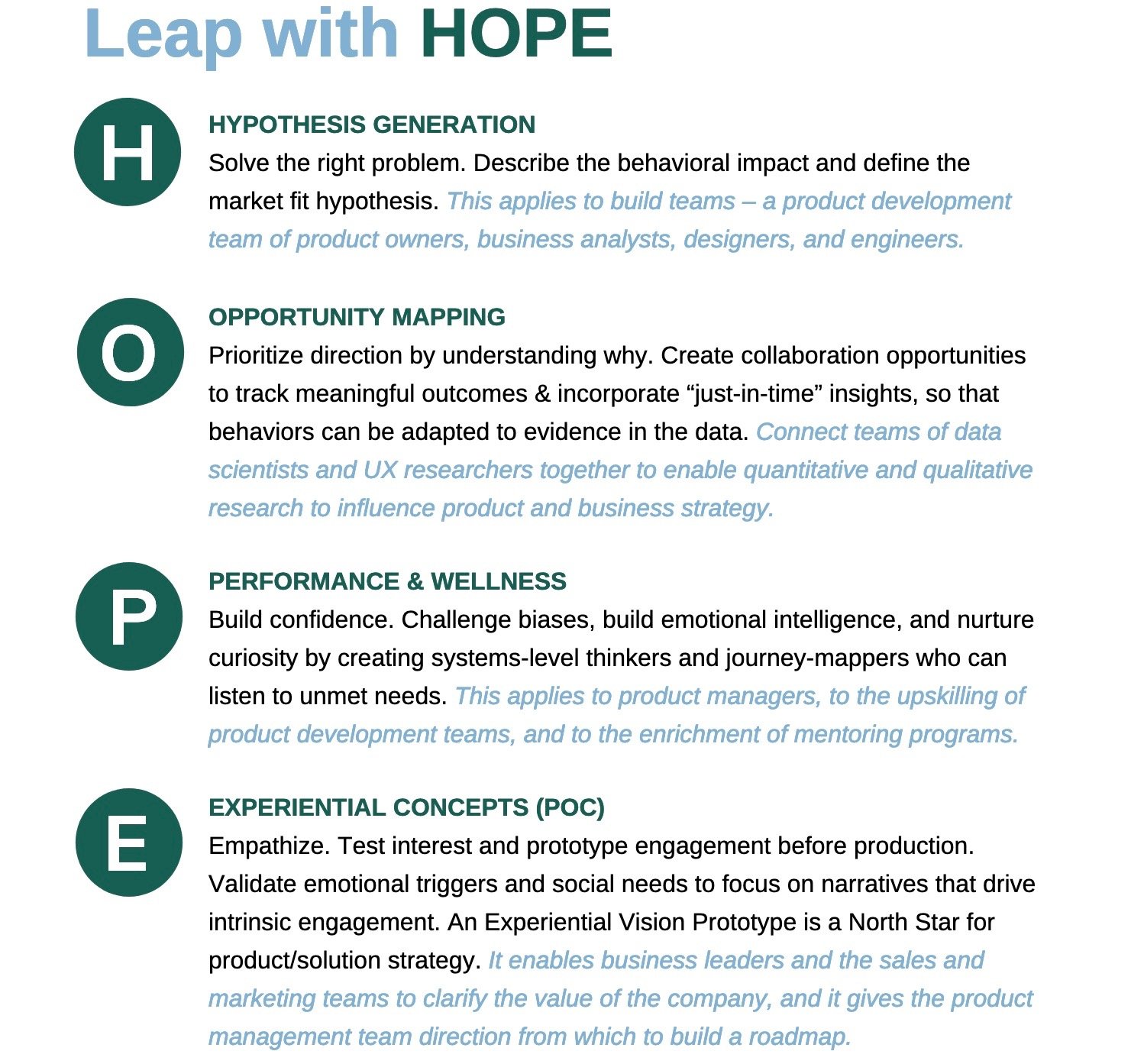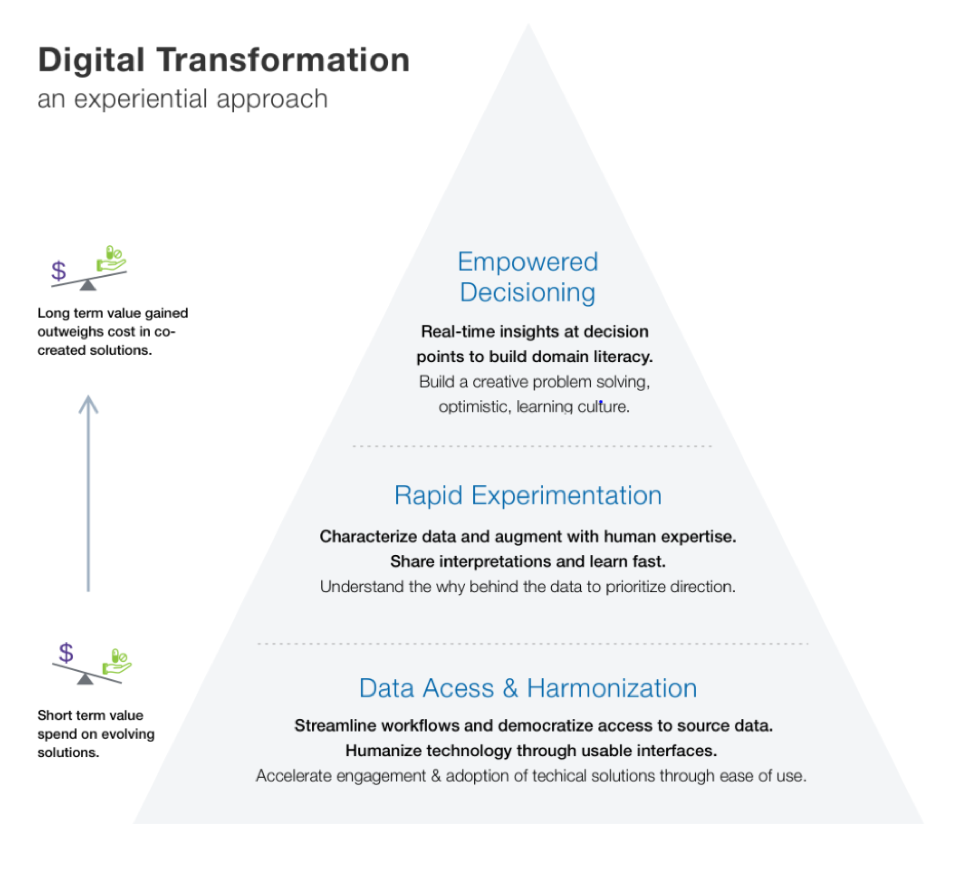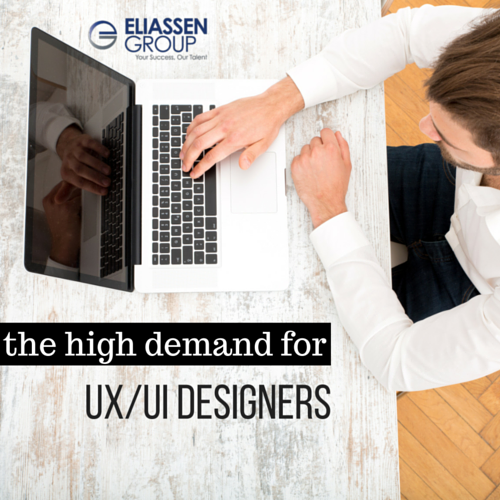The impact of good design cannot be overstated. Design is everywhere. Everywhere. From the coffee pot you use first thing in the morning, to the car you drive to work, to your company’s website, to the atmosphere of a hospital waiting room. These things all required consideration of the user’s entire experience, the human experience, to be created. Historically, designers have occasionally been viewed as wistful creatives- slightly more sensible than full-on fine artists, but still on the opposite end of the career spectrum from an accountant, an archetype of “The Businessman.”
The traditional ideal of what a designer is isn’t entirely incorrect. The role of a designer incorporates understanding aesthetic and drawing from emotion. Translating these subjective experiences into an interactive solution requires an incredible amount of creativity.
But the truth is, the skillsets required of designers may have a much more prominent place in business than one might think.
We had the opportunity to discuss the value of design thinking with User Experience Subject Matter Expert & Design Leader, Rachael Acker.
What is design thinking to you, and how does it benefit an organization?
It’s a common-good mindset that gives anyone a framework (and permission) to be a creative problem solver. It’s a reminder of how to learn new things and open our minds to different perspectives to be supportive team members. It’s balancing the craft of problem solving to build a design culture that, through empathy, augments human capabilities.
From a business perspective, it means a path to being a market leader by generating solutions that leapfrog the competition. When a product or solution isn’t maturing in a predictable way or is starting to plateau, design thinking is a force to pivot and problem solve in a more innovative way.
From a product perspective, it’s a way to close the gap between customer value and solution cost by reimagining future experiences to inspire the team to always to be learning. It’s a way for product owners to know when to pivot and when to continue incremental improvements.
How should one go about instilling design thinking in their organization?

How does Design Thinking impact a Digital Transformation?
One significant benefit of design thinking lies in how it can support a digital transformation. But what is a digital transformation, specifically from a designer’s point of view?
It’s good business to balance current emotional costs with future wellbeing needs of your customers. Today, data is the medium that enables designers to bridge that gap, from ease-of-use interfaces to prototyping, to empowering a learning culture. The designers needed to create a digital transformation are both analysts and creatives, and they come with many titles such as UX designer, product designer, UX researchers, human factors engineers, and UX Architects, to name a few.
A design thinking mindset builds optimism and resilience within an organization, which improves wellness and can be quantified as increased productivity. This mindset is the foundation of the kind of organization that attracts mission-driven talent.
The truth is, the skill sets required of designers may have a much more prominent place in business than one may have thought. While the benefit of design was once measured by subjective standards, the evidence of its importance and effectiveness is only becoming more obvious as it continues to objectively impact the bottom line.
If the job of the artist is to communicate a universal truth about the human experience, then perhaps the job of the designer, especially the UX designer, is to design and support the environment in which those truths are realized. Design thinking requires creativity, but more than that, it encourages one to consider obstacles from a different perspective that relies on genuine human connection.
Perhaps the business person needed the guidance of the designer, of the artist, all along.



